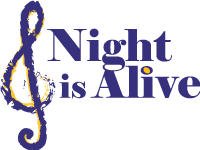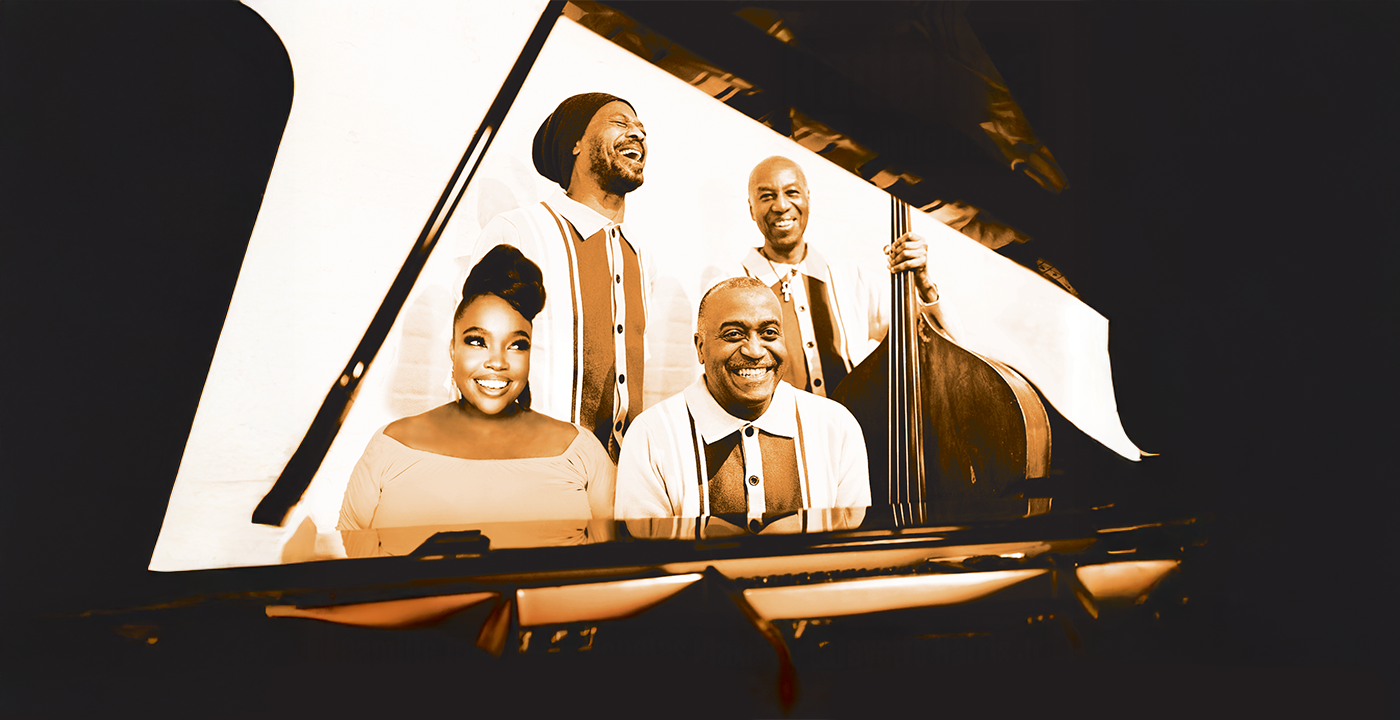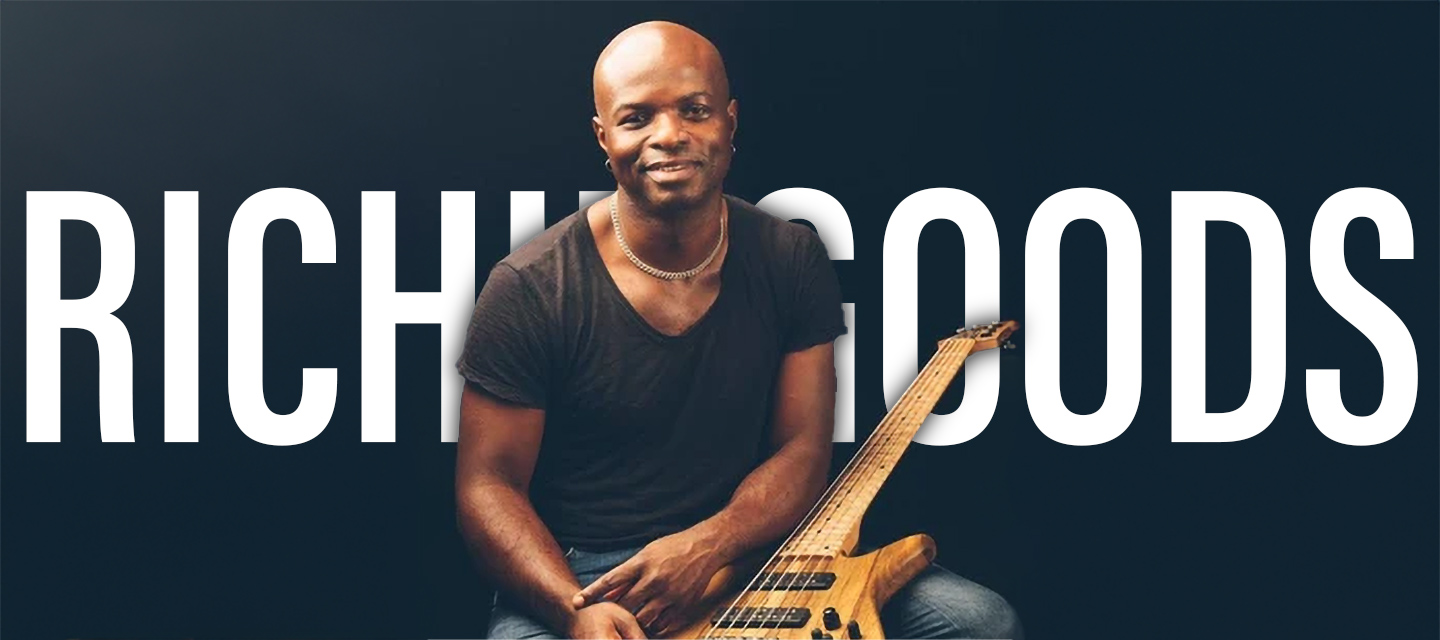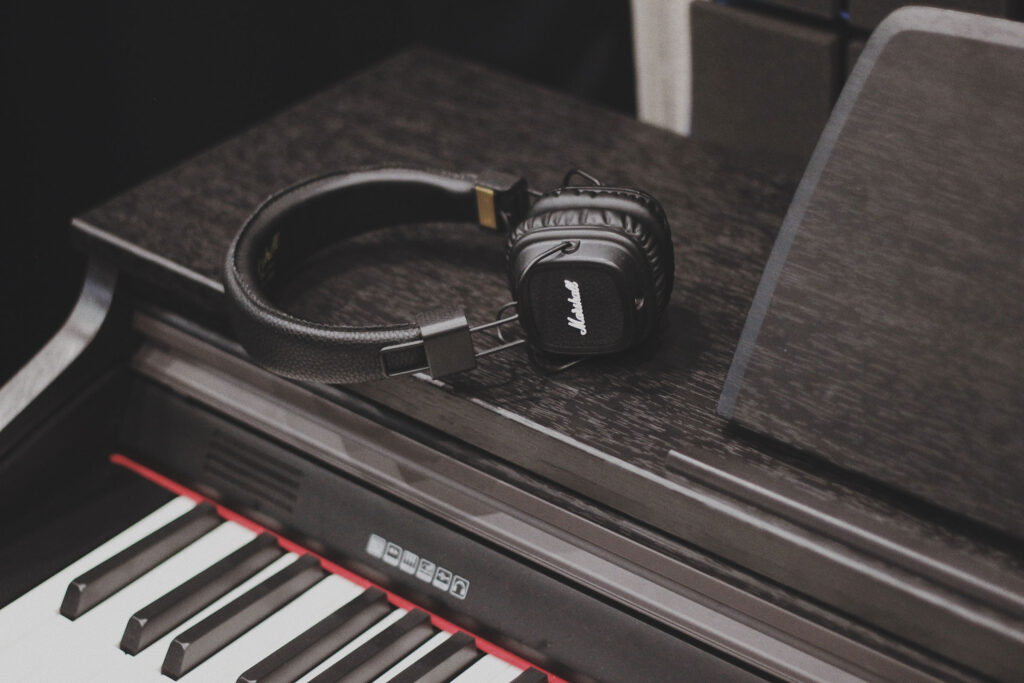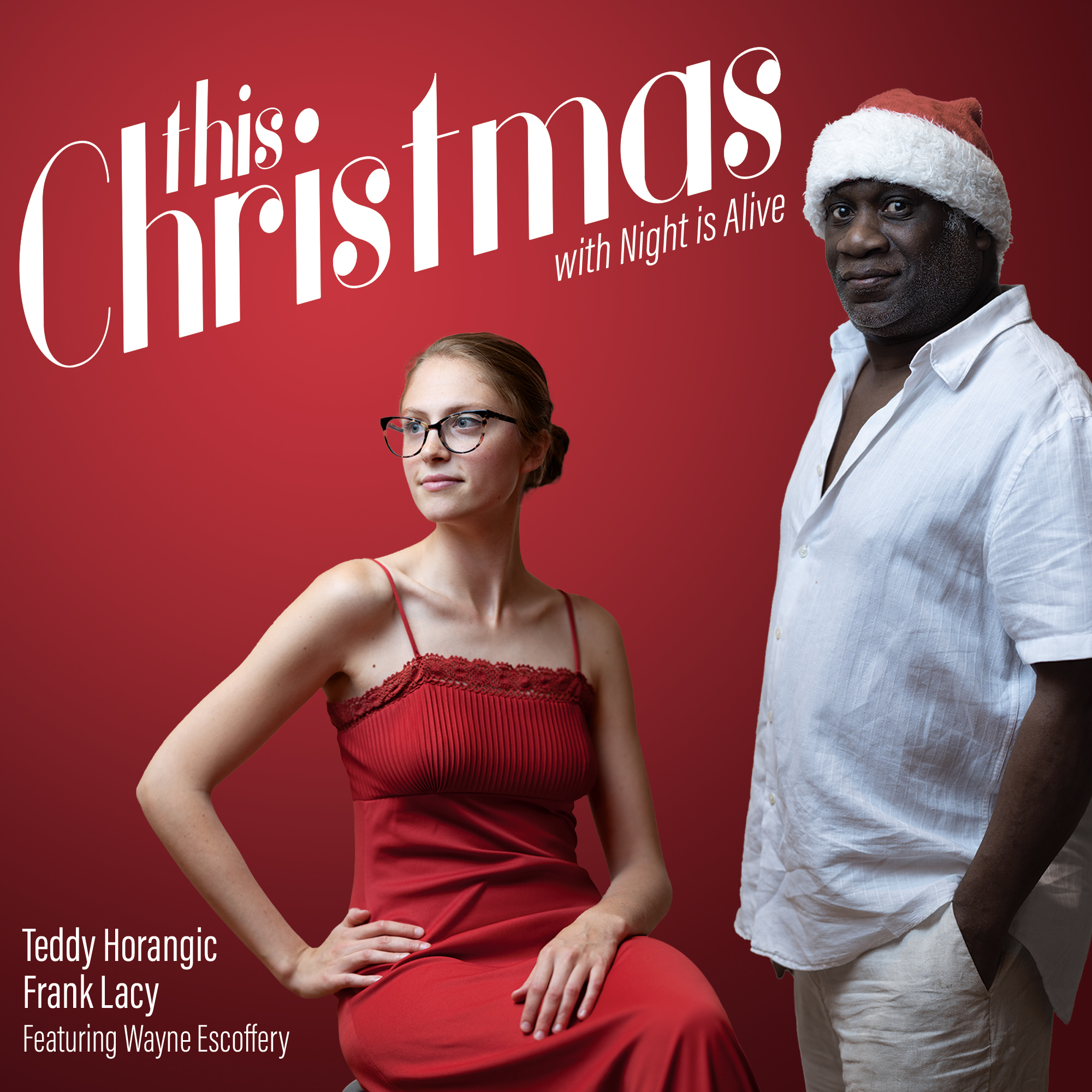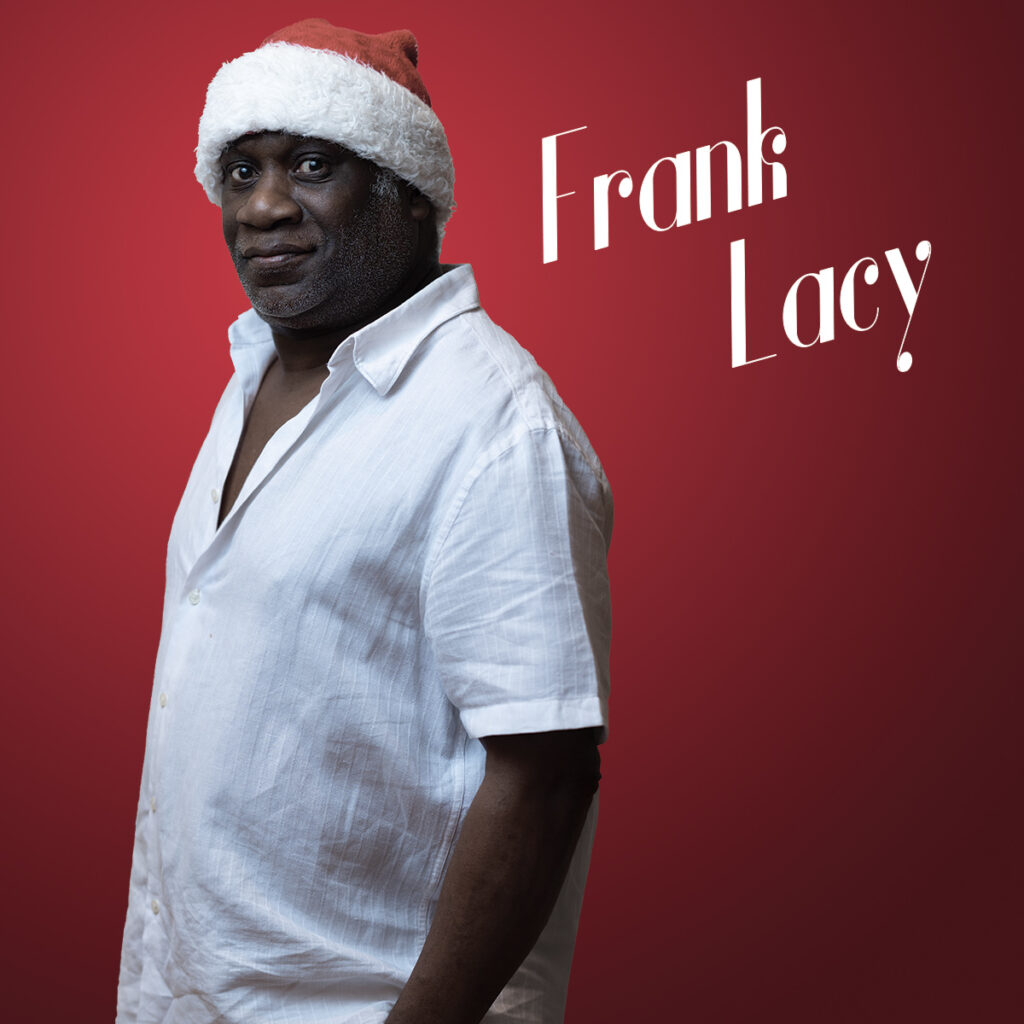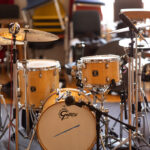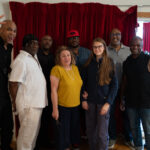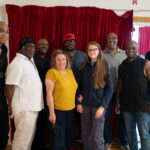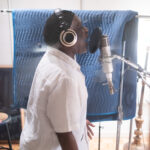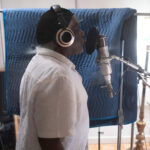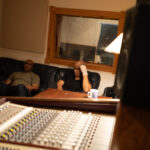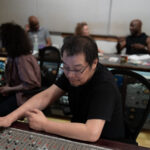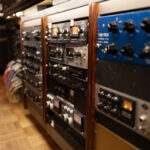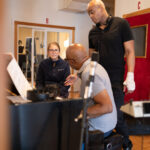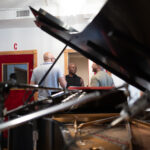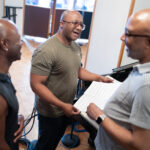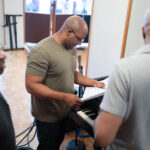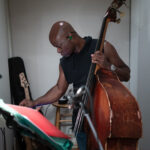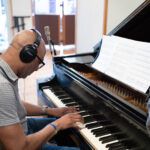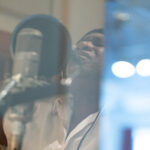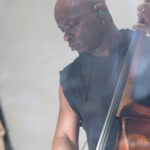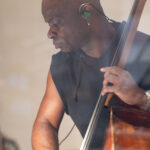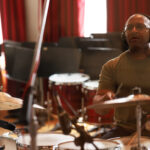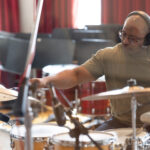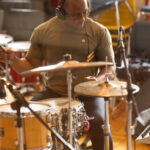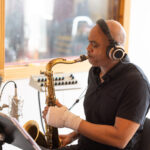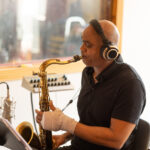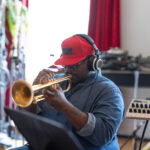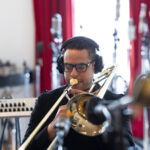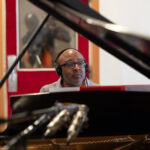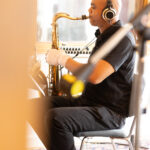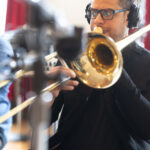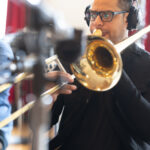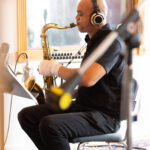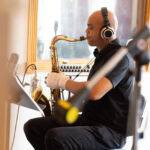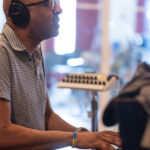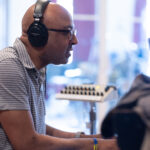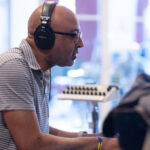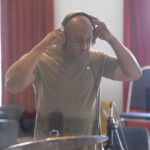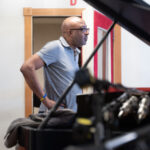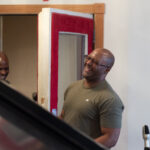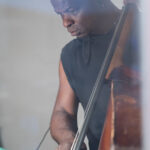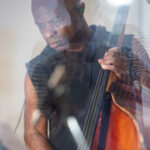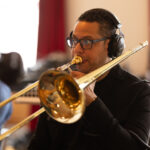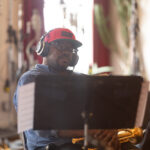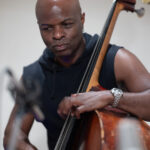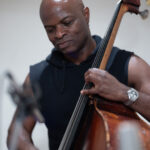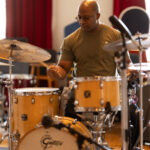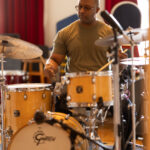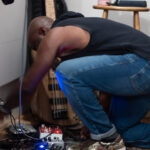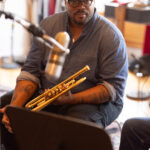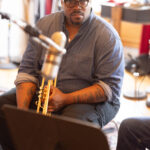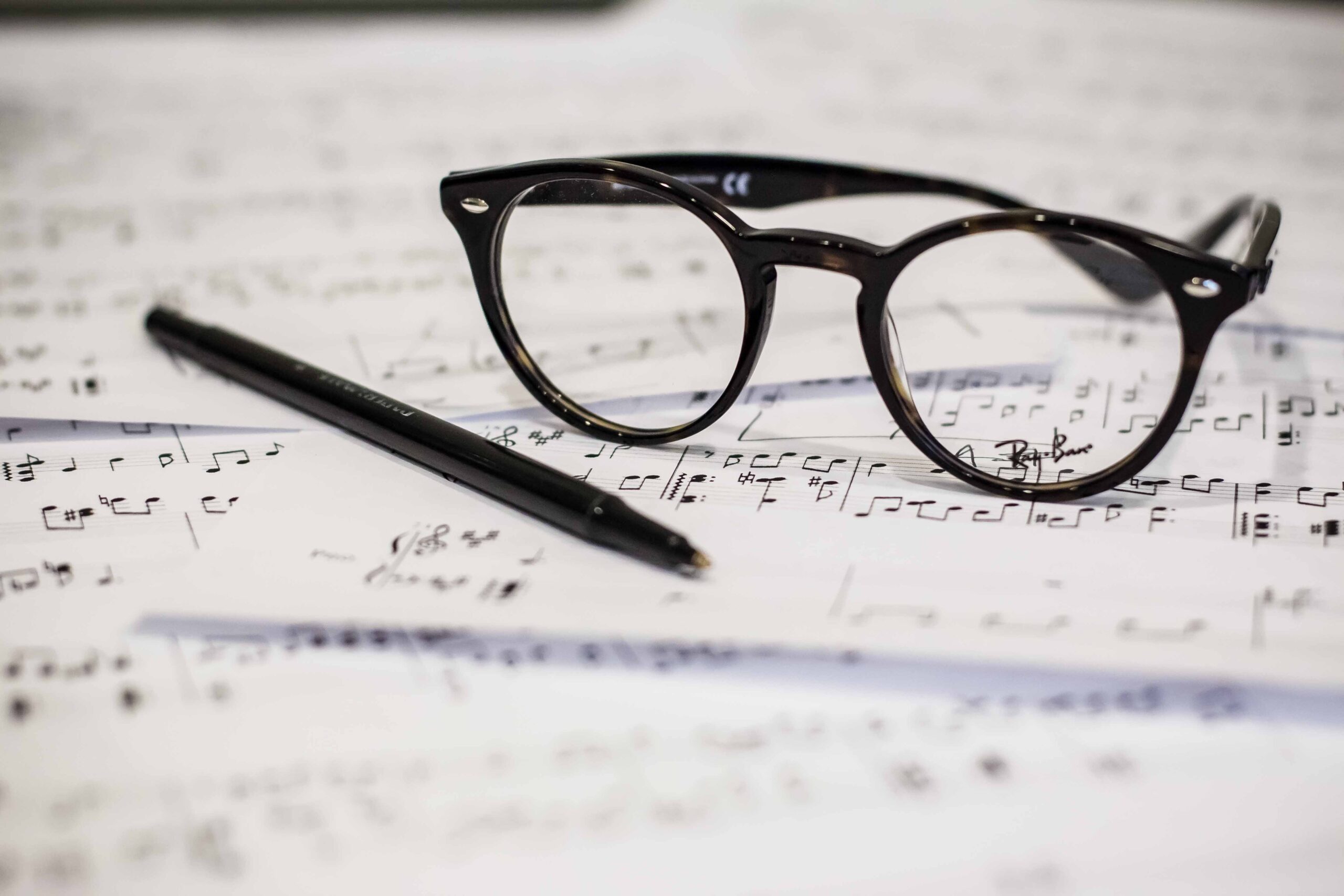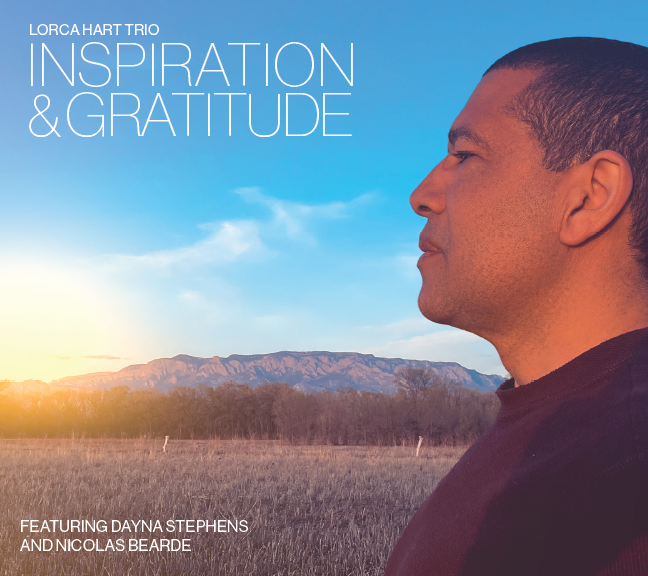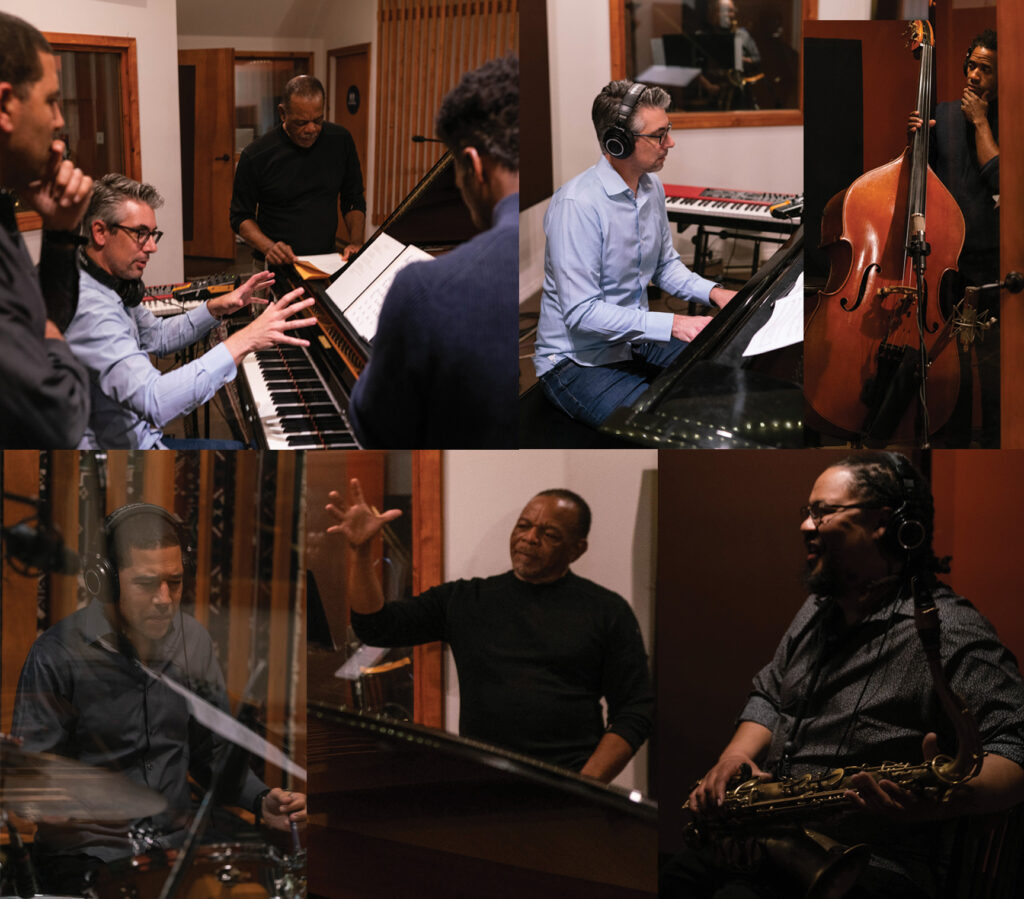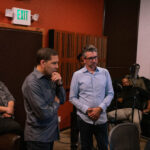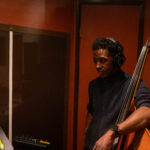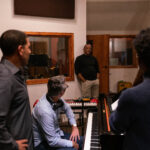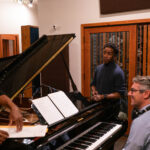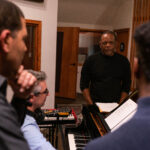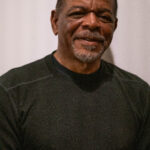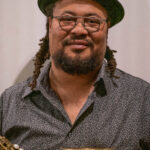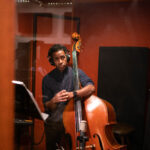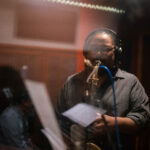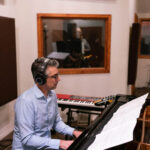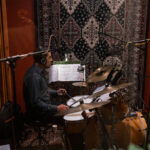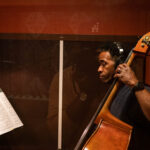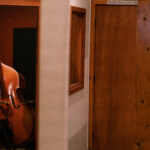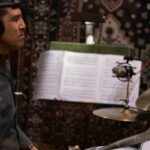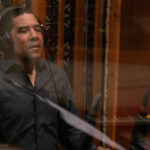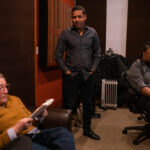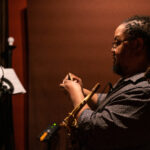The Origins and Meaning of One of Jazz’s Most Iconic Terms
If jazz had a heartbeat, it would swing.
But what does that word actually mean—to “swing”? Is it a rhythm? A feeling? A genre? The answer is yes… and more.
Let’s break down the origins of the word, what it means musically, and how it became one of the most iconic ideas in all of jazz.
The Origins of the Term “Swing”
The word “swing” predates jazz, showing up in English in the 16th century to describe pendulum-like motion—back-and-forth, side-to-side. Think of a literal swing on a playground or the smooth arc of a dancer’s hips. The idea of rhythmic, loping movement was baked into the word from the start.
In the early 20th century, when jazz was still young and evolving in cities like New Orleans, Chicago, and New York, musicians began to apply “swing” informally to music that had a particular kind of bounce or groove. By the 1930s, the term had stuck—and “swing music” became a label for an entire big band era.
What Swing Means Musically
Swing isn’t just a vibe—it’s a specific rhythmic feel. Technically, swing refers to how eighth notes are played:
- In straight time (like in pop or rock), eighth notes are evenly spaced:
1 & 2 & 3 & 4 &
- In swing time, those eighth notes are uneven, often interpreted as a triplet feel:
1 (trip) let, 2 (trip) let, 3 (trip) let, 4 (trip) let
But instead of playing all three parts of the triplet, swing usually hits the first and the third:
DA — duh, DA — duh
That subtle delay on the second note is what gives swing its unique forward-rolling momentum.
This rhythmic shape creates a loping, infectious pulse that makes listeners want to tap their feet—or dance. It’s both loose and precise, relaxed yet driving.
What Swing Means in Jazz
In jazz, to swing goes way beyond note spacing. It’s about groove, timing, and expression. When someone says, “That band swings,” they don’t just mean the eighth notes are syncopated—they mean the music is alive. It’s locked in, flowing, and in the pocket.
Here’s what swinging really means to jazz musicians:
- Rhythmic Drive: Everyone in the band plays in sync, creating a groove that propels the music forward like a train on a smooth track.
- Feel Over Math: It’s not mechanically “tripletized”—great swing is flexible. Musicians subtly vary the swing ratio depending on tempo, context, and emotion.
- Interaction: Jazz swing lives and dies on communication between players. The drummer might push the beat, the bassist might hold it back, and the soloist floats somewhere in between. That tension is magic.
Famously, Duke Ellington once said, “It don’t mean a thing if it ain’t got that swing.” He wasn’t just talking about rhythm—he was talking about soul.
Swing as a Genre
While swing is a rhythmic concept, it also names an era and a style of jazz. The Swing Era (roughly 1935–1945) was the age of big bands: Count Basie, Benny Goodman, Glenn Miller, and of course, Ellington himself.
These bands played intricate arrangements, featured virtuosic soloists, and—most importantly—made people dance. Swing music lit up ballrooms across America and brought jazz to the center of popular culture.
Even after the big bands faded and bebop took over, the essence of swing remained in jazz’s DNA. Miles Davis swung. Coltrane swung. Modern jazz trios still swing today—even when they’re experimenting with odd time signatures or electronic textures.
So… What Does It Mean to Swing?
It means more than just playing with a certain rhythm. To swing is to lean into the groove. To lift the music. To make it breathe, dance, and spark. It’s a handshake between players, a grin from the drums to the bass, a nod from the horn to the piano. It’s jazz at its most human.
And when it’s really working, you don’t have to define it.
You just feel it.
Night is Alive Productions is your source for modern & classic Jazz!
